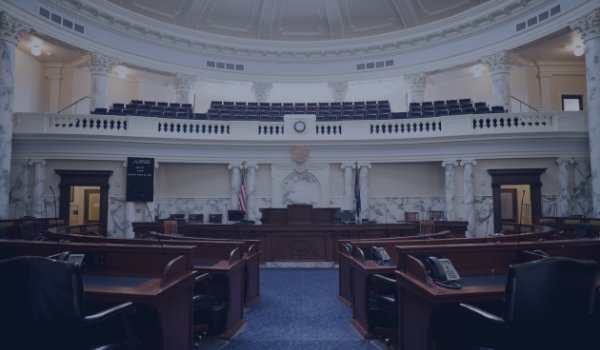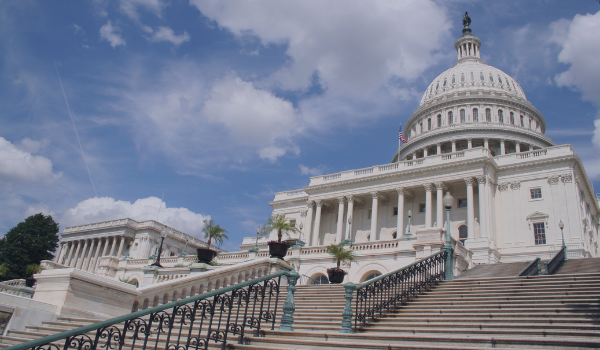As we recently reported, on December 29, 2022, President Biden signed the Consolidated Appropriations Act, 2023, which funds the government for the fiscal year that began on October 1, 2022. Embedded in that legislation, as Division T, was the SECURE 2.0 ACT of 2022 (the SECURE Act 2.0). The final version of the SECURE Act 2.0 reconciled separate bills passed by the House and the Senate during 2022.
The SECURE Act 2.0 includes over ninety provisions designed to enhance the retirement savings of American workers. Some of its provisions take effect immediately. However, others do not become effective until plan years commencing after December 31, 2023, or even later.
In addition, some of the provisions are mandatory, and some are permissive. One of the provisions that is effective for plan years beginning after December 31, 2022, is Section 102 of the SECURE Act 2.0, which enhances the start-up credit for certain employers adopting a qualified retirement plan.
Start-Up Credit
Congress has long recognized that many employers are either unable or unwilling to adopt a qualified retirement plan because they think the start-up and on-going administration costs will be prohibitively expensive. For that reason, Congress added section 45E to the Internal Revenue Code to provide a credit for costs incurred by an employer in connection with the establishment and ongoing administration of a qualified retirement plan. The credit, before the changes made by the SECURE Act 2.0, was equal to 50% of the start-up and administration costs for the first three plan years up to a maximum of $5,000 per year. This credit was available to employers with 100 or fewer employees.
Section 102 of the SECURE Act 2.0 increases the amount of the credit to 100% for employers with no more than 50 employees. It does that by adding the following new paragraph (4) to section 45E(e) of the Code:
(4) Increased credit for certain small employers. In the case of an employer which would be an eligible employer under subsection (c) if section 408(p)(2)(C)(i) was applied by substituting “50 employees” for “100 employees”, subsection (a) shall be applied by substituting “100 percent” for “50 percent”.
For employers with between 51 and 100 employees, the credit remains at 50% up to a maximum of $5,000 per year.
This is a huge benefit for smaller employers. It means that an employer with 50 or fewer employees can adopt a qualified retirement plan for plan years beginning after December 31, 2022, at almost no cost for three years.
The start-up credit is not the only benefit provided by section 102 of the SECURE Act 2.0. In addition to the start-up credit, section 102 also adds a new credit for employer contributions to any plan other than a defined benefit plan. It does this by adding a new subsection (f) to section 45E of the Code.
The new credit is based upon employer contributions to the plan. It is a percentage of the amount that the employer contributes to the plan up to $1,000 per employee. The full credit is available for employers with 50 or fewer employees. It is phased out for employers with 51 – 100 employees. Further, the credit is available only for employer contributions made on behalf of employees with wages of $100,000 or less, indexed for inflation.
The amount of the credit is the applicable percentage of the employer’s contribution. The applicable percentage is 100% in the first and second plan years, 75% in the third plan year, 50% in the fourth plan year and 25% in the fifth plan year. There is no credit for subsequent plan years.
Again, this benefit is available for plan years beginning after December 31, 2022. It means that an eligible employer can make matching contributions on behalf of its employees at very little cost to the employer.
For information on how you can start on qualified retirement plan in 2023 and take advantage of these credits, contact the RMC Group at 239-298-8210 or rmc@rmcgp.com.



